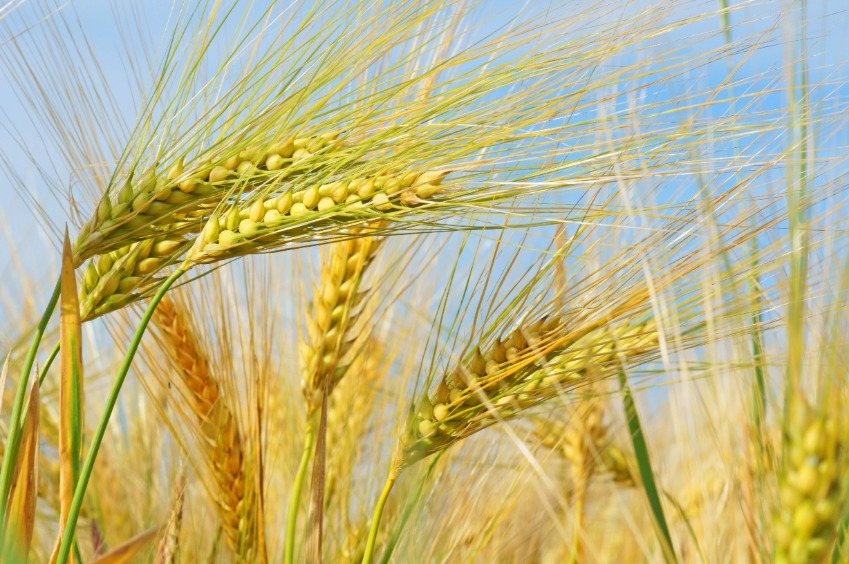
Growers of spring barley may need to apply an early fungicide treatment to manage this year's heightened risk of net blotch.
Early drilled crops and those using untreated or farm saved seed will be at a higher than usual risk of infection, ProCam agronomist Alistair Gordon says.
Net blotch has rapidly become one of the hardest diseases to control in spring barley, and crops can easily become infected either via seedborne or trashborne sources of inoculum
Mr Gordon says: “The added complication of disease resistance – which has reduced the efficacy of several fungicide active ingredients – means it’s no longer possible to cure infections once they have taken hold.
"Prevention is therefore crucial to ensure crops remain as clean as possible for as long as possible," he explains.
Among the main methods for mitigating net blotch pressure is to grow a resistant variety, or applying an appropriate seed treatment.
However, some spring seed, especially that which has been farm-saved, won’t have been treated and, if already infected or not naturally resistant, could prove to be a ticking timebomb later in the season.
"With seed treatments unlikely to offer full control, monitoring all crops during their early growth stages will be even more important this year," Mr Gordon says.
His advice to growers is to apply an early season fungicide treatment to provide crops with an extra layer of disease protection before infections explode.
In a ‘normal’ year, or in a low disease pressure scenario, it might be feasible to wait until the traditional T1 timing to apply a first fungicide treatment, he adds.
“Unfortunately, that approach won’t cut the mustard this year as we’re already hearing reports that a significant volume of seed has been confirmed to have very high levels of net blotch," Mr Gordon says.
"Where untreated seed has been drilled, or where drilling was brought forward to make the most of the recent dry conditions, the risk will be even greater.
“The advice this year is therefore to bring crop protection plans forward by applying a suitable fungicide treatment as soon as possible.”
He recommends that growers and agronomists should be on the lookout for symptoms of net blotch - brown stripes of infection spreading from the base of leaves in seedlings - ahead of the first tiller stage (GS21).
In terms of which active ingredients to apply at this early timing, growers and agronomists need to choose carefully to ensure the selected treatment is effective.
“A rapidly developing resistance issue has made several azoles and SDHI fungicides less effective than they used to be,” Mr Gordon says.
“It is therefore important to protect key actives such as prothioconazole, adepydin and fluopyram by using them in conjunction with another mode of action.
“The best option is to include a strobilurin (QoI), but even some active ingredients in this fungicide group – such as fluoxastrobin and azoxystrobin – have been impacted by resistant isolates."
